Chinese automotive exports hit an all-time record last year – even while being effectively locked out of the U.S. market. But despite incoming Pres. Donald Trump’s threat to put still more tariffs on Chinese-made vehicles, the doors may not be locked forever. And anyone who checked out the new Zeekr brand’s news conference and display at the Consumer Electronics Show is likely to understand why that worries other manufacturers.
Until recently, foreign-owned brands like General Motors, Volkswagen and Toyota dominated the Chinese automotive market – the world’s largest. But something has happened since the beginning of the decade and, suddenly, domestic brands have taken the lead. At the same time, Chinese-owned manufacturers such as BYD, SAIC and Geely have become major exporters – foreign sales rising to a record 5 million last year, a five-fold increase since 2020.
That’s triggered growing pushback in Western markets. President Biden last year quadrupled tariffs – to 100% — on Chinese made EVs, while European Union regulators are set to increase their own duties.
A visit to the Zeekr stand at this month’s Consumer Electronics Show in Las Vegas revealed why U.S., European, Korean and Japanese automakers are so nervous.
Zeekr: off to a fast start
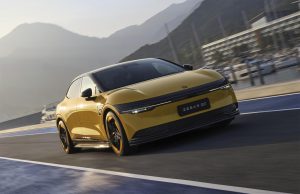
Zeekr already had six models in its line-up before CES, including the 007 EV that debuted last autumn.
Geely has become one of China’s most aggressive manufacturers. It’s not only purchased an assortment of familiar foreign brands, starting with Volvo, but launched a number of new ones, including Lynk & Co., Polestar and Zeekr. (It also holds a stake in Mercedes’ Smart minicar brand.
Barely four years old, Zeekr focused on premium battery-electric vehicles and has already rolled out more models than General Motors’ Cadillac brand, six in all, generating more than 400,000 sales in China, Europe and other parts of the world.
It has still more coming, and, as part of a new deal with Google spin-off Waymo, it could pose a major challenge to Tesla’s promised CyberCab.
Waymo-Zeekr RT Robocab
With GM’s Cruise division closing down its own robotaxi program, Waymo is the field’s clear leader, with driverless ride-sharing services now operating in San Francisco, Los Angeles and Phoenix, and other markets soon to follow.
Waymo is anything but monogamous. It uses a variety of different vehicles, including the Chrysler Pacifica minivan and Jaguar iPace, an all-electric SUV. Zeekr is now getting ready to add the new RT minivan to that mix, the first product specifically designed to work as a robocab.
For one thing, the minivan’s front seats can rotate 270 degrees, giving passengers the ability to create a living room on wheels.
“Zeekr RT, some of which are already undergoing real-world road testing, will be the world-first mass-produced purpose-built vehicle for autonomous mobility,” the automaker noted in a statement. “Zeekr will begin delivering mass-produced Zeekr RTs to Waymo for further testing this year, in preparation for a future public robotaxi launch.”
More CES News
- Chinese EVs Pose: “Extinction-Level Event”
- Waymo Gets the Go for Big Robocab Expansion
- New Volvo EM90 Minivan Will Have a Lot in Common with Zeekr 009
Taking on Tesla
That’s not the only way Zeekr plans to challenge Tesla – or GM or Ford and other established manufacturers — on the technology front. The start-up brand also showed off a new, autonomous driving system that could be offered in retail vehicles. Set to launch “in a new model coming in 2025,” it uses the NVIDIA Drive AGX Thor system-on-a chip and Zeekr claims it will allow motorists to take hands off the wheel and even eyes off the road in “multiple intelligent driving scenarios and parking capabilities.”
Zeekr also has teamed up with Qualcomm Technologies to upgrade its cockpit technology.
In another big tech debut, Zeekr showed off a vehicle capable of remotely parking itself at a charging station where a robot arm then plugs it in for a quick battery top off. Once it reaches the desires state-of-charge the robot disconnects the plug and the vehicle drives off automatically to a standard parking spot.
Better batteries
What could give it a big leg up is its advanced battery technology, or so the brand claims. Zeekr has adopted an 800-volt electrical architecture – unlike most brands still using 400-volt systems. That does add some cost but compensates by permitting greater performance and faster charging. The Geely subsidiary claims its second-generation Golden Brick Battery can go from a 10 to 80% state-of charge in just 10.5 minutes, or add 187 miles of range in as little as 5 minutes, roughly what it takes to pump that much gas into a conventional vehicle.
Zeekr is even setting up its own quick-charge infrastructure in China, Australia and a number of Southeast Asian markets, as well as Mexico.
CES Brings out 3 other new Zeekr models
CES 2025 served as backdrop for the debut of three new Zeekr models, starting with the robotic RT. The others:
- The Zeekr Mix, a futuristic looking minivan that offers a surprising level of performance, 778 horsepower driving all four wheels, enough to go from 0-100 kph (0-62 mph) in 3.9 seconds;
- The Zeekr 001 FR is even sportier, punching out 1,247 hp from four separate motors, delivering 0-60 times of around 2.0 – which, if accurate, bests the Tesla Model S Plaid.
Along with other recently launched products, such as the Zeekr 007, the trio introduced at CES all ride on the flexible SEA electric vehicle architecture. While Americans aren’t likely to see any Zeekr models in the near future, that platform is now in use by a variety of other Geely products. That includes the new Volvo EX90 which is being assembled in South Carolina, sidestepping tariffs on Chinese auto imports.

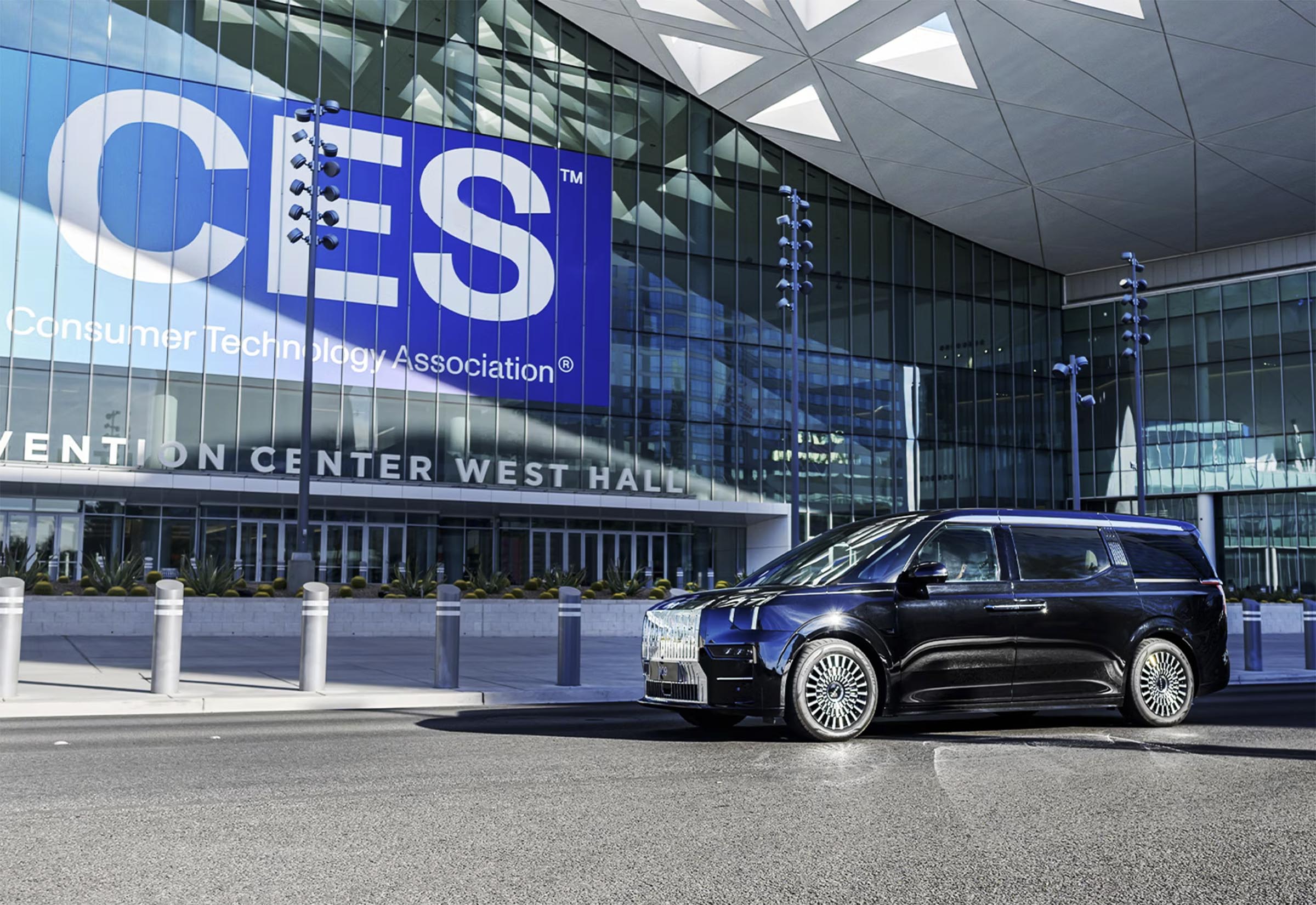
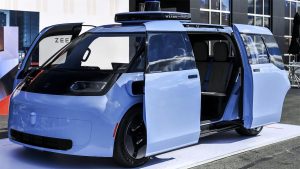
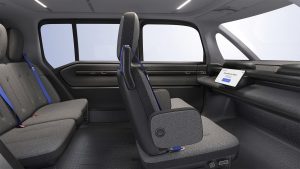
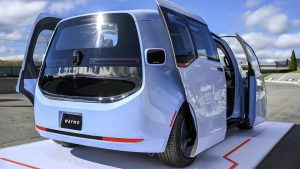
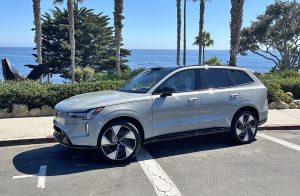
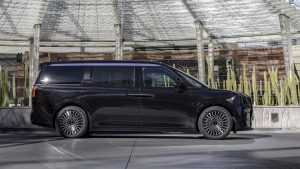
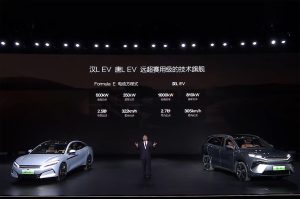


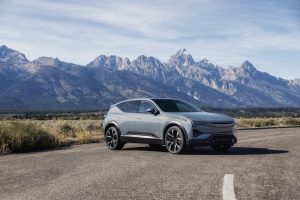
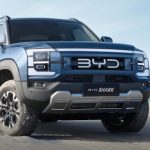
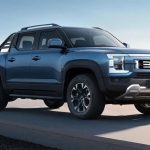
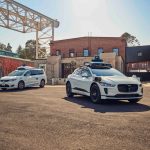
0 Comments